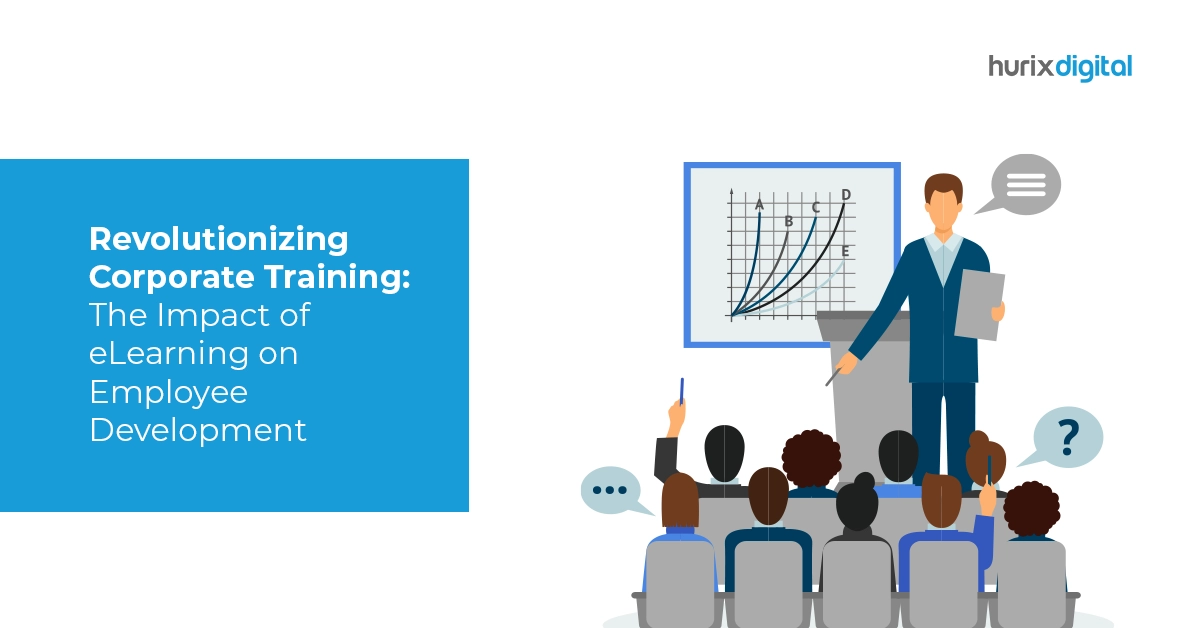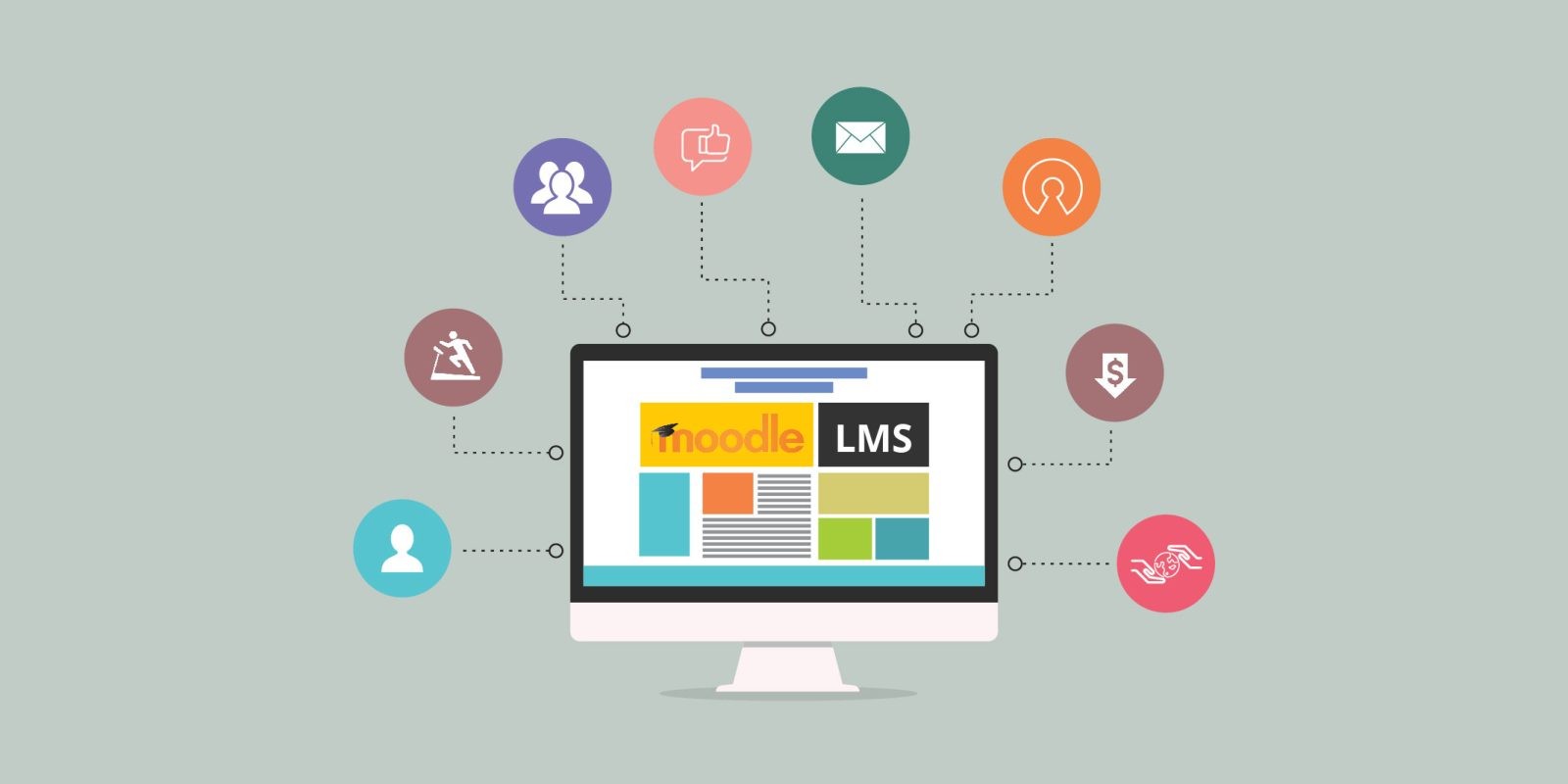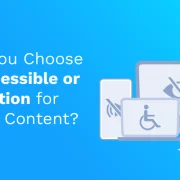
Best Practices and Strategies for Creating Engaging and Impactful Workplace Courses
Summary
This article provides best practices and strategies for developing engaging and impactful workplace courses, focusing on content design, delivery methods, and learner engagement.
The impact of engaging corporate learning solutions is often underestimated in the corporate market. Statistics reveal that employees only get 1% of their workweek to spend time on workplace training and workplace development. This lack of dedicated time for learning and development discourages employees from investing time in skill enhancement and acquisition.
The marketplace is constantly evolving with the rapid development of digital tools and technologies. Consequently, the skills required to do a job are also changing. Professionals need to stay up to date in the field and nurture new expertise to grow in their careers.
HR executives across all industries should strive to implement impactful and engaging corporate training for employees. If you are looking for workplace training solutions, you are at the right place.
Table of Contents:
- Top Seven Strategies & Practices While Creating and Implementing Training Methods
1. Keep Assessing Employee Needs and Developmental Goals
2. Determine the Type of Workplace Training
3. Get Some Experts Onboard
4. The Frequency of the Training
5. Practical Application and Relevance
6. Offer Continuous Feedback and Assessment
7. Communication and Collaboration Opportunities - What are the Advantages of Impactful Workplace Courses?
- Closing Thoughts
Top Seven Strategies & Practices While Creating and Implementing Training Methods:
1. Keep Assessing Employee Needs and Developmental Goals
The first and most important step while implementing a corporate learning solution is determining the needs of your employees. The training must align with the employees’ short-term and long-term goals.
Suppose the needs of the employees are not met. In that case, the organization may find it difficult to retain and attract top talent. It is also crucial to reassess the employees’ needs at regular intervals to continue providing them with a productive and engaging work environment.
If the employees feel well respected and supported, it will automatically foster a positive work environment.
Also Read: The Ultimate Guide to Corporate Learning Solutions and How They Can Benefit Your Company
2. Determine the Type of Workplace Training
Surveys reveal 87% of employees prefer working from home if given a chance. Consequently, it has become very important to determine the mode of training while creating and implementing employee learning and development training.
Some major types of workplace training you can consider are online webinars, self-paced modules, workshops, virtual or physical conferences, external resource training, skill-based training, etc. Asking your employees about their preferences before making a final decision is also recommended.
3. Get Some Experts Onboard
If you do not have the expertise to assemble comprehensive and productive training programs, hire some training experts and corporate training consultants. Experts will not only help you identify the necessary competencies, but they will assist you in creating engaging content.
Some other areas experts can help you with are measuring training results, integrating technology into learning & development, team communication & collaboration, and much more.
4. The Frequency of the Training
Corporate training should not be a rare event and must take place at frequent intervals. Regularity will help you and your employees keep pace with the constantly changing and evolving market trends.
Additionally, with the necessary support and guidance, your employees won’t feel the need to seek external resources for their learning requirements.
Here are some elements you can keep in mind while deciding the frequency and timeline of the training:
- Skill enhancement needs of the employees
- Existing knowledge gaps
- Newer Recruits
- Compliance and regulatory requirements
- Performance improvement
- Resource and budget allocation
- Availability of experts/trainer
5. Practical Application and Relevance
The relevance of learning and development training with real-life scenarios will allow the employees to bridge the gap between theory and practical application. Often employees learn new skills but do not have adequate knowledge of practically using the skill to enhance productivity and the final output.
To facilitate a better transfer of learning, each training module should have some relevance to real situations and must be followed by practical application practice. This will also increase the retention and engagement of the employees as they will be able to gather more meaning from the training activities.
Also Read: How to Implement Microlearning in Corporate Training
6. Offer Continuous Feedback and Assessment
One way to reinforce learning and identify areas of improvement is by offering continuous improvement and assessment opportunities. This way, employees would be able to focus on areas that need more attention to enhance their skills for career progression.
Positive feedback will also motivate employees to engage in workplace training activities enthusiastically. Additionally, employee feedback assessment will also allow you to recognize course areas that need correcting and enhancement.
You can identify areas where most of the employees are struggling and make necessary adjustments. This is a very iterative approach and will need close observation to ensure the training programs remain relevant and impactful.
7. Communication and Collaboration Opportunities
Remember to add numerous group work and collaborative activities in the employee training and development modules. This will not only promote knowledge and problem-sharing but will also foster a collaborative workspace.
Employees should feel comfortable seeking the help of their colleagues in challenging or stressful situations. Networking and collaboration during training programs can go a long way in creating a dynamic employee development environment.
About 95% of working professionals believe that networks can prove to be highly beneficial for long-term business.
Some more benefits of communication and collaboration are a positive sense of community, relationship building, continuous learning, knowledge sharing, enhancement of interpersonal skills, innovative problem solving, and much more.
What are the Advantages of Impactful Workplace Courses?
Now that you know how to create and implement effective workplace courses, mentioned below are some more advantages of impactful corporate training modules to help you make an informed decision:
- Improved talent retention
- Enhanced productivity
- Improved time management
- Enhanced team functionality
- Addressing personal skill gaps
- Improved employee’s sense of security
- Better-aligned goals & objectives
- Improved quality of work
- Overall business growth
Closing Thoughts
No matter how big or small a company is, companies of all sizes can benefit from strategically planned corporate training solutions. Sometimes companies look at investing in workplace training as time-consuming and expensive. However, it is safe to say well-executed training programs can prove to be highly beneficial both for the employee and the employer.
If you are looking to start investing in corporate training solutions and looking for a corporate learning service, you can reach out to us at Hurix Digital. We provide the best LMS for corporate training and various other digital services like digital content transformation, digital engineering, and much more.
Due to our exceptional services, some of our trusted clients are Ikea, Cambridge University Press, FedEx Express, Cathay Pacific, and many more. You can also be our next client and grow with us.
Contact our expert team now and get started. Hope to see you soon!

Performance, Results, Growth, and Life-Long Learning define my professional life. I am passionate about making workplace learning planful, purposeful, and impactful. I take pride in partnering with clients and bringing them the best in learning design and creating solutions that address business challenges.







